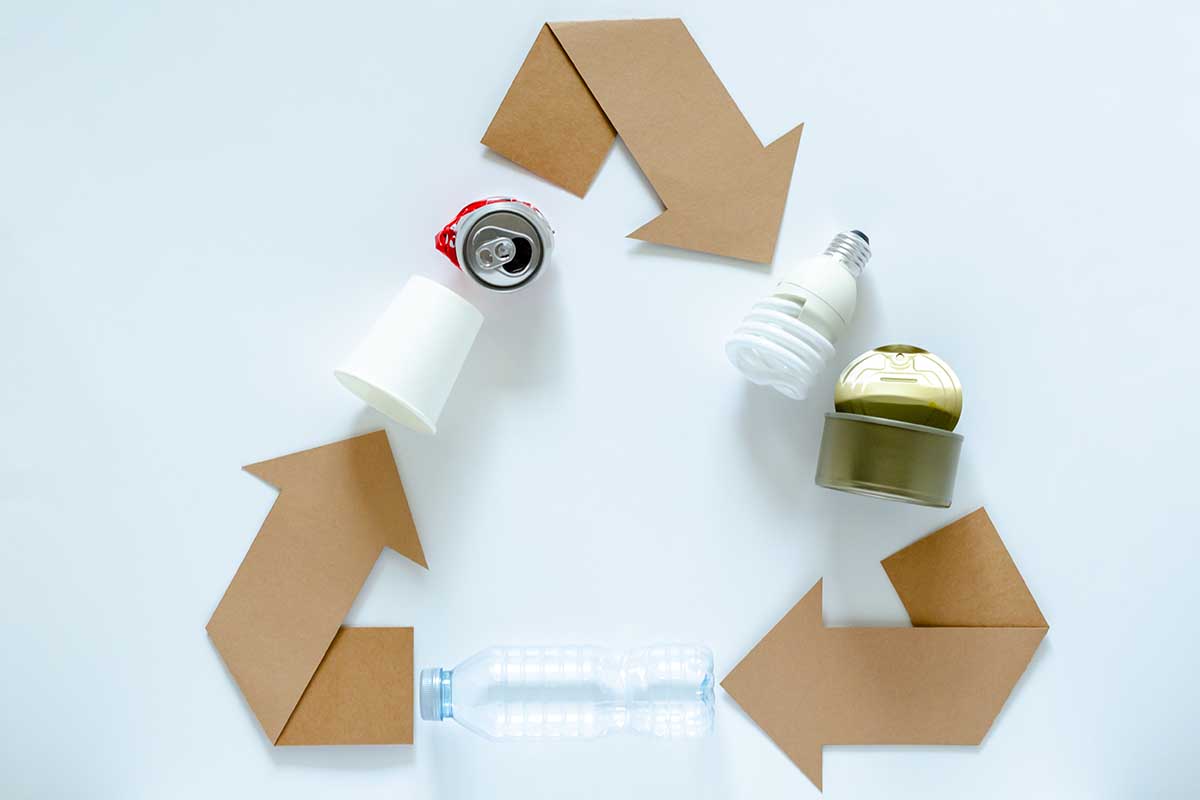How to Minimize Waste: Leaning Manufacturing
Lean manufacturing is based on the concept of reducing waste from the production and manufacturing process. This is done in a variety of ways to improve efficiency.
Eliminating waste from the system – which can be anything from wasted time, materials, mistakes, and many others – is the key to running as efficient a manufacturing process as possible.
This allows production facilities to rapidly switch from producing one product to production with a completely different one.
This turns traditional production methods on their head from a ‘push’ approach, where products are pushed out to customers hoping that they’ll find a demand and purchase them, to a ‘pull’ approach, where customers pull the products they want from companies.
In this article, we cover what constitutes waste within lean manufacturing (which can also be applied to office management and other business areas). In doing so, it should help business managers avoid these types of waste in their businesses.
Get The Right Equipment
The equipment you use for your manufacturing process makes a larger difference in your waste than you’d think.
Whether it’s for stone countertop fabrication or anything else, some machines create more waste than others.
Make this an area you look at when buying anything for your business.
Even knowing how to properly use this machinery is vital to avoiding mistakes. The more mistakes there are, the more waste there’ll be.
Make sure you compare options before buying, and then train yourself and your employees to use it properly.
How to minimize waste: defects
Mistakes in production – defects – create many new problems by sucking out extra resources, losing time, and costing money to resolve.
Defective final products can affect batches of production or multiple batches when not caught quickly enough.
If the products have already been dispatched and possibly sold to end consumers, then a product recall will be necessary.
It’s not possible to eliminate every defect through production.
However, they can be reduced by using quality control, repairing machinery and maintaining it regularly, having documents for workers to refer to, and proper staff training to operate the equipment correctly.
Overproduction
Production doesn’t always have a strong connection to demand. This leads to overusing working capital that gets stuck in finished products sitting in the warehouse unsold.
Overproduction is a major issue for some companies that fail to link production with requirements.
Using ‘just in time’ production directly links production lines with customer orders. This may be possible to a greater or lesser extent, depending on how the business operates.
However, even adjusting production lines to manufacture products most in-demand and not spending much time on slower selling SKUs can make a difference on applicable stock levels.
Clarify customer requirements, create a forecast for the next period, and enable rapid switching between setups to produce different products. Also, cross-train staff to enable them to work in production lines for a wide range of products the company offers.
Waiting

Waiting is seen as waste within lean manufacturing when either a person or a machine is not fully utilized.
This can happen when the previous machine or person has a problem; the production stops at that point. The next person or machine in the production line has a gap once they finish their current task while waiting for the next one.
Waiting times can get out of hand when workloads are not planned or are unbalanced.
For example, setup times might be excessively long to get ready to produce a different product, causing extra delays.
There might also not be enough staff on shift to keep busy due to absences or vacation time.
Some bottlenecks and delays are inevitable. However, plan for staff to avoid them becoming a regular thing.
Where appropriate, use a team of people who attend to the problem to help clear any backlog of difficulty quickly.
Underutilized or Poorly Utilized Talent: to learn how to minimize waste
Underutilized or poorly utilized talent is a new waste item that businesses pinpoint as a problem in their operations.
They see that they have talented people on staff but often discover to their dismay that they’re being underutilized in various ways.
Their skills learned over many years might not be being used in their current role.
Many times, the employee themselves scores low on job satisfaction because they know they’re not reaching their potential at the company. Therefore, this is not only a production issue relating to lean manufacturing but also for staff retention rates too.
Find ways to move staff around to get the most from them.
Take their cue on what they would prefer to be doing and ensure they’re best utilized in the business.
Transportation
Moving materials, parts, or products around the manufacturing plant or the warehouse increases the chance of damage through excessive transportation. Too much movement of any kind creates a waste of time, confusion, damage, and other issues.
Reduce the steps within processes to limit movement. Review floor plan layouts to see where inefficiencies lie. Move materials and parts to the most useful place to minimize unnecessary transportation.
Excess Inventory

Too much inventory is an obvious one, but companies often fall into it because they’re either trying to get a lower price by buying in bulk, or they’re worried about running out of an important part or materials.
Negotiate supply deals that ensure the same low price but more regular, smaller supply deliveries to the manufacturing plant to limit the available inventory.
Focus on the most reliable suppliers. Avoid overproduction bleeding through available supplies, causing a shortage, too.
How to minimize waste: wasted motion
The concept of wasted motion isn’t new to warehouses but is newer to production facilities.
The idea is to reduce any unnecessary motion by employees or machines.
This means orienting the facility to have what’s required nearby to the people who need it.
This avoids them having to walk clear across the facility to pick up a necessary item and stop the production line.
It might seem obvious, but these little inefficiencies can cost millions in lost production, even for only a delay of a few minutes each time.
Creating a new layout brings everything that people need at different manufacturing workstations within easy reach.
Anticipate their needs and cater to them to avoid blockages in production.
Excess Processing
Over-processing relates to having inefficient processes within the manufacturing plant and offices that overcomplicate matters.
When communication is bad between departments, too many steps exist, and reporting requirements create documentation issues.
Look to simplify reporting only what’s necessary, keep manufacturing processes simpler, and, where possible, reduce the number of SKUs that are only marginally different from each other too.
If lean principles are interesting to you, it’s possible to take a lean manufacturing online course to learn the subject in-depth.
There are internet courses where you can learn what’s required to modify existing manufacturing facilities to turn them into better production facilities that run leaner and more profitable.



















